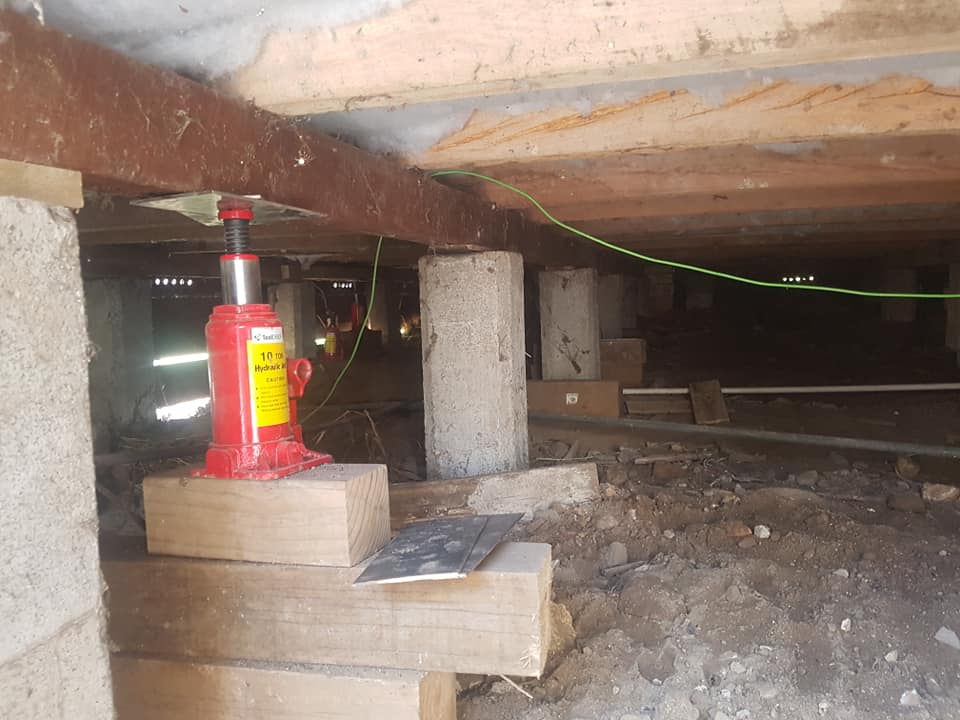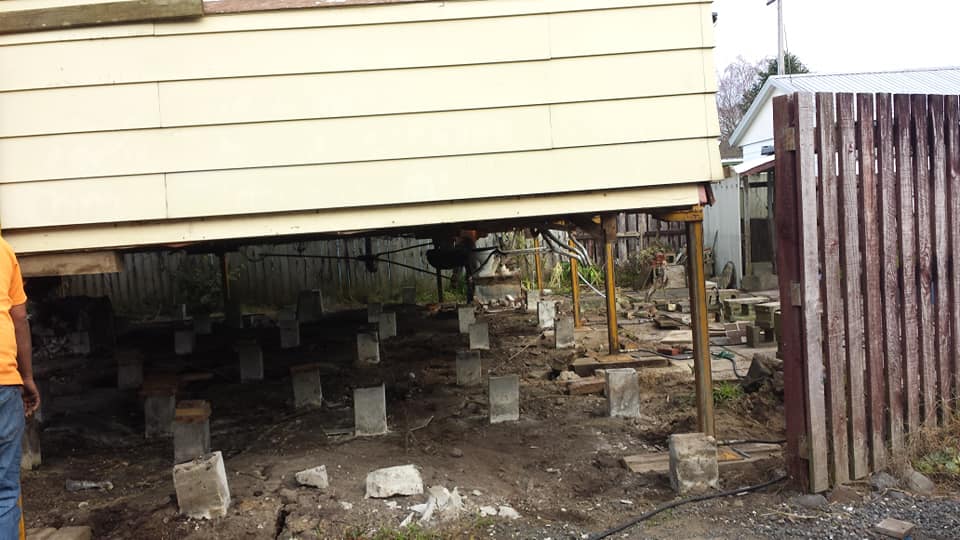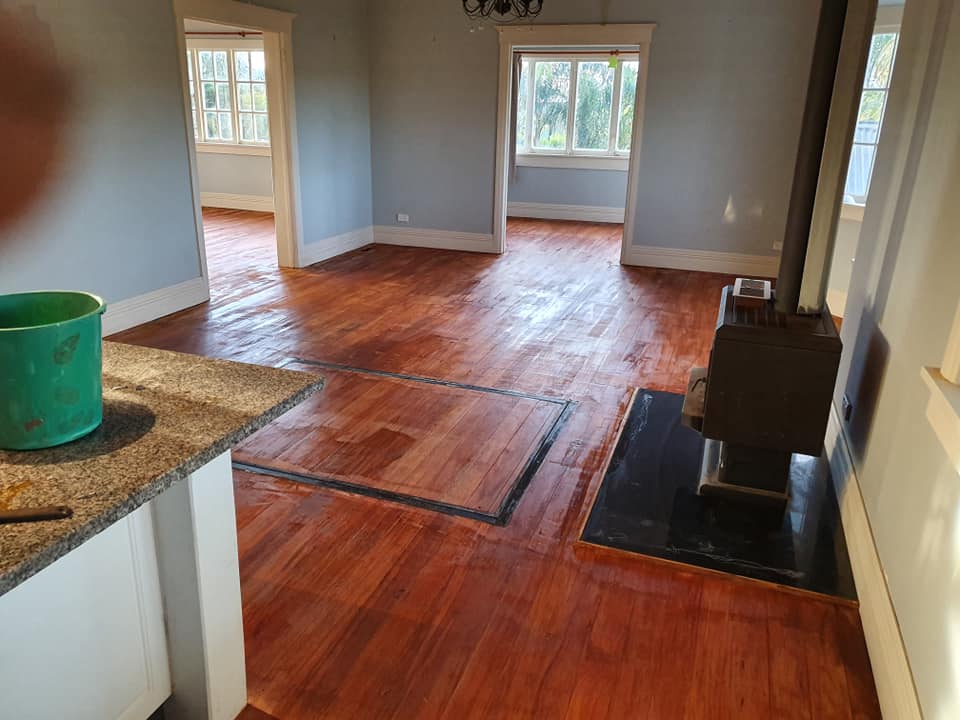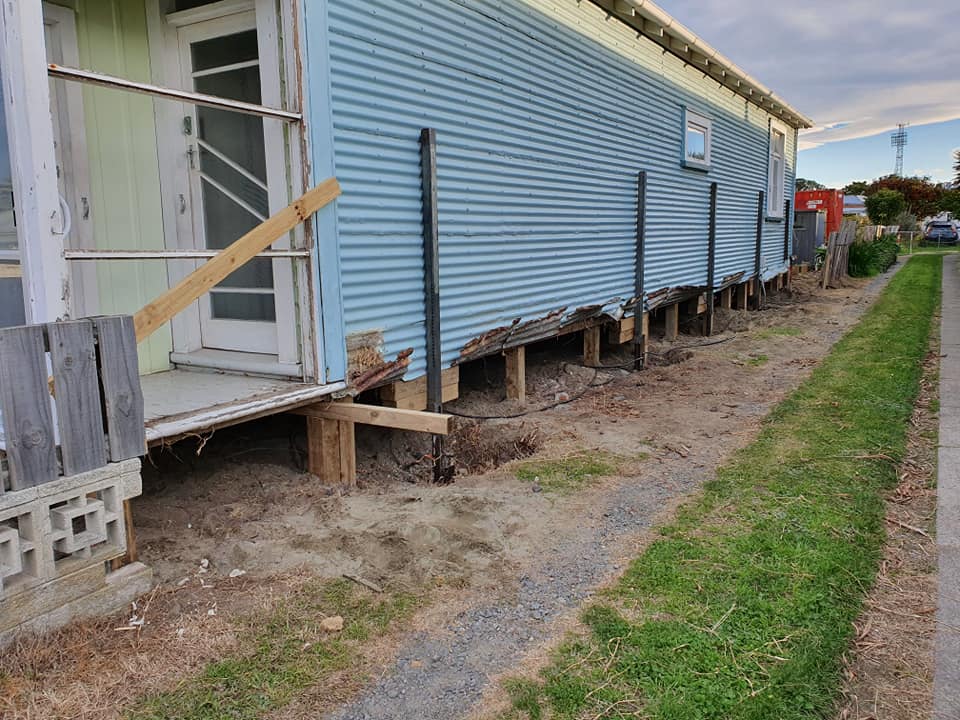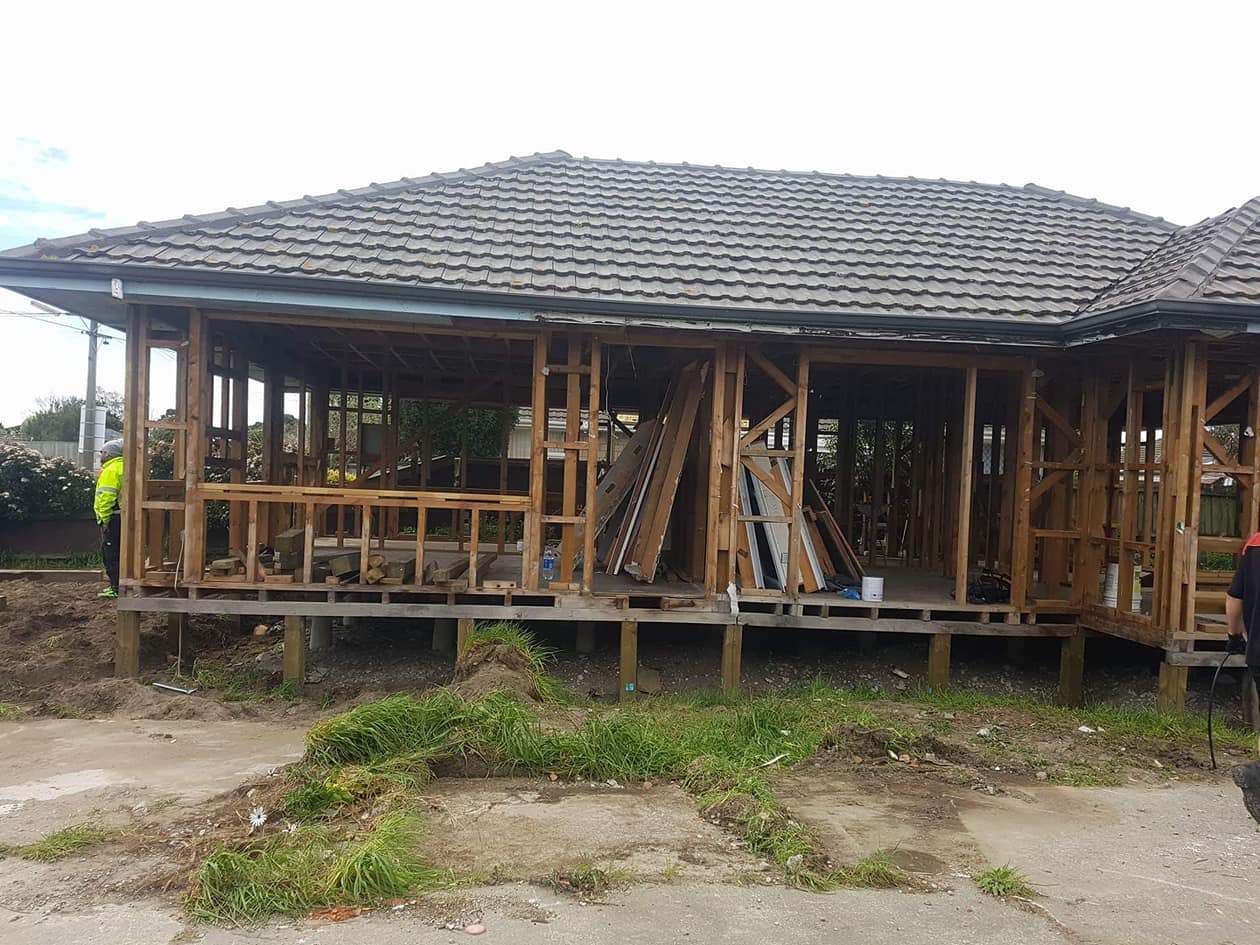Renovating your home could be just the thing you need to make it truly yours. But be careful. This decision could lead you down a never-ending (and stealthily expensive) home improvement rabbit hole. Once you’ve remodeled your kitchen from old to new, for example, your family room now seems out of place, the living room looks dated, and so on. In many cases, tearing down an old home is more affordable, with or without an addition. But not always. It really depends on the home, your location, and your situation. Here are five factors to consider when weighing your options, plus advice on how to make this costly financial decision.
1. Do you like the character features of an old home?
Solid-core doors, marble window sills, crown molding, pocket doors, arched doorways — who could get rid of these features? Some older houses are made with higher-quality wood and have finishing touches that you can’t replicate today. If you want to keep your home’s original details, you’ll probably want to renovate.
2. Is your home structurally sound?
A home with rotting or poor foundations is a serious issue. But how can you tell? Your walls, when looked at from the outside, should be straight. There should be no water in your basement or crawl space, no cracks on your interior walls, and your windows should open and close easily. A structural engineer can be a big asset in helping you decide. Since New Zealand is prone to earthquakes, having the home’s foundations checked becomes even more important. In some cases, a home that was designed and built prior to new earthquake laws can have significant structural damage after an earthquake occurs.
